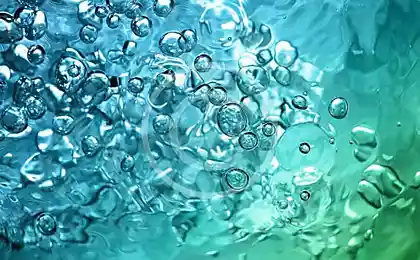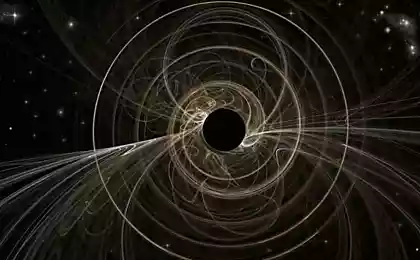452
Physicists have created a device that extracts water from dry air
Physics from UC Berkeley and mit have provided a device for extracting water from air. The device collects up to a few liters of water a day, even in arid climates, using only the power of the sun.
Developed by us scientists prototype generates up to 2.8 litres of water from the air for 12 hours even in the Mojave desert. This amount of liquid is enough to provide one person with water for a day.
Twenty five million ninety six thousand seven hundred thirteen
The device is a reservoir, which is located inside the solar energy absorbing panel and the electrode of the capacitor. Sandwiched between them is one kilogram of the crushed particles of the metal-organic frameworks (Mocks) of zirconium oxide and adipic acid. Scientists have discovered that Moki from such materials effectively absorbs water molecules. The air passes through the porous mass of Mocks, causing the water molecules attached to their inner surface. Under the influence of light and solar heat water vapor leaving Moki and congenerous in a separate reservoir connected to the desalination system.
Eighty three million three hundred forty eight thousand seven hundred thirty seven
"Our device will allow one person to survive in the desert," said one of the study's authors Professor Omar Yaga. The results of the study were published in the journal Science.
Scientists don't plan to stop there. They created the prototype absorbs water only at the 20% component of its own weight, however this figure can increase to 40%. Also physics are going to make the device more effective in conditions of high or low humidity.
Two-thirds of world population is facing a shortage of drinking water. While in the air holds about 13 000 trillion liters of fluid. Physics suggest that in the future each house will have its own passive generation of water from the air. Complete with solar panels this will make the home as offline.
In October, startup, Zero Mass Water presented solar panels, which collect water from the air, and then purify it, enriched with minerals and deliver people in developing countries. One solar panel is enough to provide drinking water for a family of four.
To obtain water from air using wind turbines and ground filtering systems. But unlike the development of American scientists, these systems produce water due to condensation, so they are ineffective in conditions of a droughty climate. published
P. S. And remember, only by changing their consumption — together we change the world! ©
Source: //hightech.fm/2017/04/14/water_harvester
Developed by us scientists prototype generates up to 2.8 litres of water from the air for 12 hours even in the Mojave desert. This amount of liquid is enough to provide one person with water for a day.
Twenty five million ninety six thousand seven hundred thirteen
The device is a reservoir, which is located inside the solar energy absorbing panel and the electrode of the capacitor. Sandwiched between them is one kilogram of the crushed particles of the metal-organic frameworks (Mocks) of zirconium oxide and adipic acid. Scientists have discovered that Moki from such materials effectively absorbs water molecules. The air passes through the porous mass of Mocks, causing the water molecules attached to their inner surface. Under the influence of light and solar heat water vapor leaving Moki and congenerous in a separate reservoir connected to the desalination system.
Eighty three million three hundred forty eight thousand seven hundred thirty seven
"Our device will allow one person to survive in the desert," said one of the study's authors Professor Omar Yaga. The results of the study were published in the journal Science.
Scientists don't plan to stop there. They created the prototype absorbs water only at the 20% component of its own weight, however this figure can increase to 40%. Also physics are going to make the device more effective in conditions of high or low humidity.
Two-thirds of world population is facing a shortage of drinking water. While in the air holds about 13 000 trillion liters of fluid. Physics suggest that in the future each house will have its own passive generation of water from the air. Complete with solar panels this will make the home as offline.
In October, startup, Zero Mass Water presented solar panels, which collect water from the air, and then purify it, enriched with minerals and deliver people in developing countries. One solar panel is enough to provide drinking water for a family of four.
To obtain water from air using wind turbines and ground filtering systems. But unlike the development of American scientists, these systems produce water due to condensation, so they are ineffective in conditions of a droughty climate. published
P. S. And remember, only by changing their consumption — together we change the world! ©
Source: //hightech.fm/2017/04/14/water_harvester























